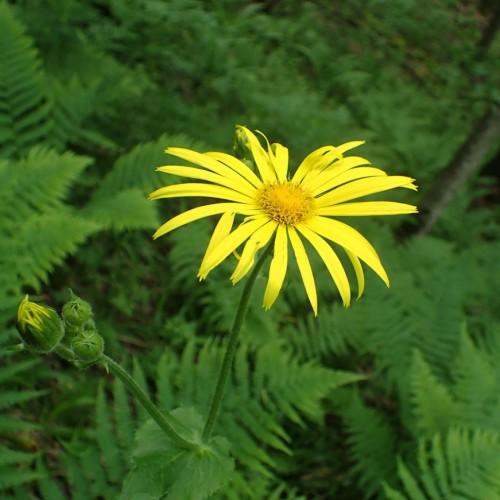
leopard's bane
Doronicum macrophyllum
Cycle:
Herbaceous Perennial
Watering:
Average
Hardiness Zone:
4 - 9
Flowers:
Flowers
Sun:
Full sun,part shade
Leaf:
Yes
Growth Rate:
Low
Maintenance:
Low
Care Level:
Medium
watering
Leopard's bane needs to be watered thoroughly when its soil feels dry about 1 inch below the surface. Make sure not to over-water as this plant prefers moist soil but does not tolerate wet or soggy conditions. The amount of water required will depend on the size of the plant and the temperature, but for normal cultivation - about 1-2 cups of water per week is ideal. Water deeply to reach the entire root system but avoid waterlogging the soil. Water should be applied in the early morning or early evening so that it can be fully absorbed and allow for any excess moisture to evaporate before nightfall.
sunlight
Leopard’s bane (Doronicum macrophyllum) does best in full sun, or at least 4 to 6 hours of direct sun each day. However, it will tolerate partial shade as long as the area is not too shady throughout the day. It's best to avoid areas that become too much shade too quickly in the morning or throughout the day as this will not provide adequate sunlight for the plant species to thrive. Additionally, leopard’s bane does not tolerate full shade and will suffer in these conditions.
pruning
Leopard's bane requires minimal pruning, but if desired, it can be done in early spring. To keep the plant in its desired shape, lightly prune any dead, damaged, or diseased stems or leaves. You can also prune off shoots growing up from the base of the plant to put more energy into stem and leaf development. When pruning stems, cut them near the base of the plant to avoid cutting off the blooms and to ensure that the plant has time to recover before the summer growing season.
